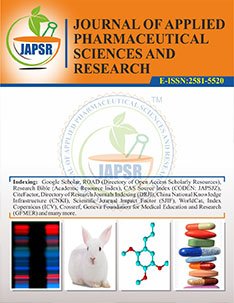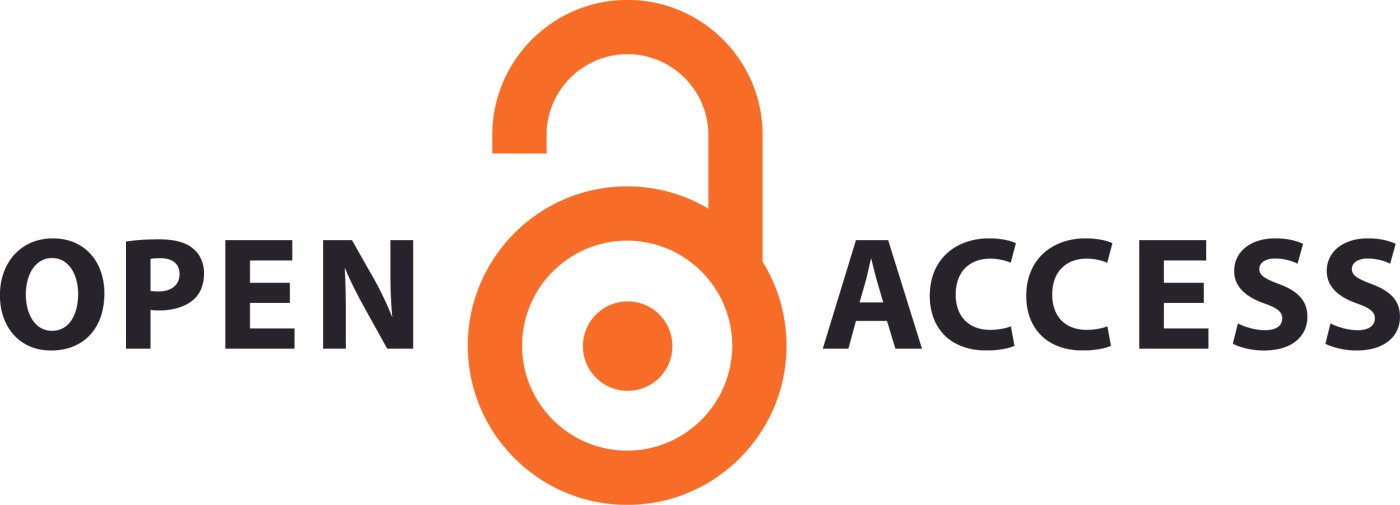Edge Computing for Latency-Sensitive IoT Applications: A Performance Study
Abstract
As the volume of IoT data grows and the demand for real-time responsiveness increases, edge computing has emerged as a viable
solution for reducing latency and bandwidth consumption. This paper presents a performance evaluation of edge computing in latencysensitive
IoT applications by comparing edge deployment to traditional cloud-only models. We implement two real-world use cases: (1)
a video analytics system for anomaly detection in surveillance footage, and (2) a temperature alerting system for industrial equipment.
Using Raspberry Pi devices equipped with local processing modules and integrating AWS Greengrass and Azure IoT Edge, we measure
end-to-end latency, bandwidth usage, and CPU load. Results show that edge computing reduces round-trip latency by 35–50% and cuts
bandwidth usage by up to 60% compared to cloud-exclusive models. Edge devices demonstrate sufficient computational capability
to handle moderate inference workloads while maintaining reliable message delivery to cloud endpoints. Our findings also highlight
challenges such as edge device failures, synchronization delays, and update propagation, all of which must be addressed to maintain
consistent system behavior. The study concludes that edge computing is a powerful enabler for time-sensitive IoT applications, especially
in environments where connectivity is unreliable or where real-time decision-making is critical. The results support wider adoption of
hybrid edge-cloud architectures in IoT ecosystems.
Downloads
All the articles published in JAPSR are distributed under a creative commons license (CC BY-NC-SA 4.0)
Under this license, you are free to:
- Share- copy and redistribute the material in any medium or format for any purpose, even commercially.
- Adapt- remix, transform, and build upon the material for any purpose, even commercially.
The licensor cannot revoke these freedoms as long as you follow the license terms.
- Attribution — You must give appropriate credit , provide a link to the license, and indicate if changes were made . You may do so in any reasonable manner, but not in any way that suggests the licensor endorses you or your use.
- NonCommercial — You may not use the material for commercial purposes .
- ShareAlike — If you remix, transform, or build upon the material, you must distribute your contributions under the same license as the original.
- No additional restrictions — You may not apply legal terms or technological measures that legally restrict others from doing anything the license permits.
Copyright policy
The journal allows the author(s) to hold the copyright of their work. That means the authors do not need to transfer the copyright of their work to the journal. However, the authors grant JAPSR a license to publish the article and identify itself as the original publisher.
Licensing policy
The journal allows the author(s) to hold the copyright of their work. That means the authors do not need to transfer the copyright of their work to the journal. However, the authors grant JAPSR a license to publish the article and identify itself as the original publisher.






